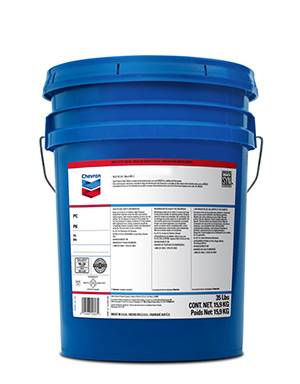Dec . 15, 2024 03:19 Back to list
Understanding the Functionality and Importance of Liquid Check Valves in Fluid Systems
Understanding Liquid Check Valves Ensuring Unidirectional Flow in Fluid Systems
In various engineering applications, liquid check valves play a crucial role in controlling the movement of fluids. These valves are designed to permit liquid flow in one direction while preventing backflow, thereby ensuring the efficiency and safety of fluid systems. Understanding the function, design, and application of liquid check valves is essential for engineers, technicians, and anyone involved in fluid management.
What is a Liquid Check Valve?
A liquid check valve is a type of valve that allows fluid to flow in one direction only. Its primary function is to prevent backflow, which can lead to contamination, damage, or malfunctioning of equipment and systems. Check valves are commonly used in applications involving water supply, sewage systems, chemical processing, and oil and gas industries. The design of a check valve usually consists of a body, a seat, and a closure element that moves under the influence of fluid pressure.
Types of Check Valves
There are several types of liquid check valves, each designed for specific applications
1. Swing Check Valves These valves have a hinged disc that swings open when fluid flows in the desired direction. When backflow occurs, the disc swings back to the closed position, making them ideal for low-pressure systems.
2. Ball Check Valves In these valves, a ball sits on a seat. Fluid flow in one direction forces the ball away from the seat, while backflow causes the ball to seat against the valve body, creating a tight seal.
3. Lift Check Valves These valves feature a disc that lifts off a seat when fluid flows. Similar to swing check valves, they are used in systems with higher pressure flows and are effective in maintaining unidirectional flow.
4. Diaphragm Check Valves Utilizing a flexible diaphragm, these valves can handle a variety of fluids and are particularly beneficial in sanitary applications, such as food and beverage processing.
Applications of Liquid Check Valves
liquid check valve

Liquid check valves are widely employed in several sectors. In the municipal water supply, they play a vital role in preventing the backflow of contaminated water into clean water systems. In the oil and gas industry, check valves are crucial in preventing backflow during the extraction and transportation of resources, protecting pipelines and equipment.
In HVAC systems, liquid check valves are used to maintain proper refrigerant flow, preventing refrigerant from returning to the wrong side of the compressor. Additionally, in chemical processing plants, these valves are essential for safeguarding against backflow of hazardous materials, protecting both personnel and the environment.
Advantages of Using Liquid Check Valves
The implementation of liquid check valves offers numerous benefits. Firstly, they provide a simple yet effective solution for preventing backflow, thereby enhancing the reliability of fluid transport systems. Secondly, they contribute to the safety of operations by minimizing the risk of contamination and equipment damage.
Furthermore, check valves require minimal maintenance due to their simple mechanical design. When properly selected and installed, they can operate effectively for many years, which contributes to cost savings over time.
Challenges and Considerations
Despite their advantages, there are challenges associated with liquid check valves. Proper sizing and selection are crucial; an incorrectly sized valve can lead to flow restriction or failure to close, resulting in operational issues. Additionally, some types of check valves may be prone to water hammer—a pressure surge caused by change in flow—if not installed correctly.
Material selection is also critical, as certain environments demand corrosion-resistant materials to withstand aggressive fluids. Therefore, engineers must consider the specific operating conditions, including pressure, temperature, and fluid characteristics, when selecting a check valve.
Conclusion
Liquid check valves are essential components in many fluid management systems, providing a reliable means of ensuring unidirectional flow and preventing backflow. Their various designs cater to a range of applications, each offering specific advantages suited to different conditions. By understanding the types, applications, and considerations surrounding check valves, engineers can make informed decisions that enhance the performance and safety of fluid systems. As industries continue to evolve, the role of check valves remains significant, underscoring their importance in modern engineering and fluid management practices.
-
Y Type Strainer Maintains System Efficiency Long TermNewsJul.15,2025
-
Valve Selection Guide for Industrial ApplicationsNewsJul.15,2025
-
Steel Fab Table Provides Durable Work Surface for WeldingNewsJul.15,2025
-
Pad Iron Provides Stable Support for Heavy MachineryNewsJul.15,2025
-
One Inch Check Valve Fits Standard Plumbing SystemsNewsJul.15,2025
-
Measuring Micrometer Ensures Precise Dimensional AccuracyNewsJul.15,2025
Related PRODUCTS









